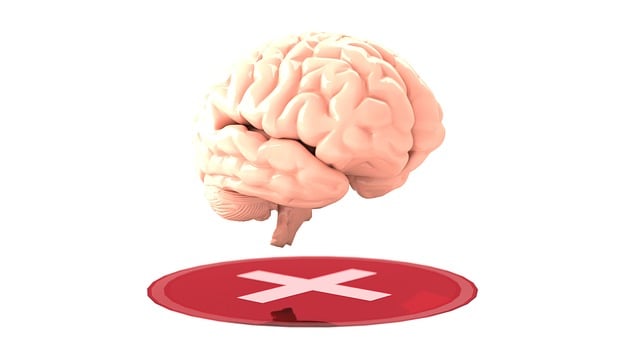Mindfulness meditation and sensory-focused therapies, like Somatic Experiencing, offer powerful tools for promoting mental health in young children. By teaching present-moment awareness, breathing techniques, and guided visualizations, these practices enhance self-regulation, reduce stress, and foster emotional healing. Integrated with movement activities like yoga and dance, Somatic Experiencing therapy helps children process trauma, develop healthy coping mechanisms, and cultivate compassion, offering significant advantages for their overall well-being and mental health awareness.
Mindfulness meditation is gaining traction as a powerful tool for enhancing the well-being of young children. This practice, rooted in ancient traditions, offers a modern approach to calmness and presence of mind, especially in therapeutic settings. This article explores three key aspects: understanding mindfulness for young minds, delving into Somatic Experiencing as a therapy for kids, and providing practical tips for integrating mindfulness practices seamlessly into their daily lives.
- Understanding Mindfulness Meditation for Young Children
- The Role of Somatic Experiencing in Pediatric Therapy
- Practical Tips for Integrating Mindfulness Practice into Children's Lives
Understanding Mindfulness Meditation for Young Children

Mindfulness meditation is a powerful tool for nurturing the mental and emotional well-being of young children. It involves teaching them to focus on the present moment, observing their thoughts and feelings without judgment. This practice has gained significant attention in therapeutic circles as a game-changer in helping kids manage stress, anxiety, and even trauma. By incorporating mindfulness into their daily routines, children can develop essential coping skills and enhance their ability to self-regulate.
For young ones, mindfulness meditation often takes on playful and interactive forms. Simple techniques like mindful breathing exercises or guided visualizations can help them cultivate self-awareness and empathy. These strategies promote a sense of calm and safety, enabling children to better understand and manage their emotions. Moreover, regular practice can foster positive relationships by enhancing their capacity for compassion and emotional connection with others, as seen in the Somatic Experiencing approach to therapy for young children.
The Role of Somatic Experiencing in Pediatric Therapy

Somatic Experiencing (SE) is a therapeutic approach that plays a significant role in pediatric therapy, offering a unique way to support young children’s mental health and emotional well-being. This method focuses on the connection between the mind and body, recognizing that traumatic or stressful experiences can leave physical traces that need to be addressed for holistic healing. By integrating sensory and movement-based techniques, SE aids children in processing and releasing stored trauma, which is especially crucial for those facing anxiety, depression, or other mental health challenges.
In therapy sessions, SE practitioners help young clients explore and understand their bodily sensations and responses as a means of accessing and healing from past traumas. This process involves creating a safe and supportive environment, where children can learn to regulate their emotions and develop healthy coping mechanisms. As part of the therapy, professionals may incorporate activities like yoga, dance, or simple body scans to help children become more attuned to their bodies’ signals, fostering emotional healing processes. This approach is particularly beneficial for at-risk populations, as it goes beyond traditional talk therapy, addressing the physical and sensory aspects often associated with trauma.
Practical Tips for Integrating Mindfulness Practice into Children's Lives

Introducing mindfulness practices into a child’s life can be incredibly beneficial for their overall well-being and mental health. Starting early with simple techniques can help children develop essential skills to navigate stress, emotions, and even thrive in therapy settings like Somatic Experiencing. This approach focuses on connecting mind and body, which is crucial for young individuals dealing with mental illness stigma reduction efforts.
Practical tips include incorporating mindfulness during daily activities, such as mealtimes or walk-and-talks, where children can learn to pay attention to their senses. Compassion cultivation practices like loving-kindness meditation can foster empathy and self-acceptance. Additionally, engaging in nature walks or simple breathing exercises before tasks can enhance focus and reduce anxiety, promoting better mental health awareness in young minds.
Mindfulness meditation, when combined with techniques like Somatic Experiencing, offers a powerful therapy for young children. By understanding mindfulness and integrating practical tips into daily routines, parents and caregivers can foster calmness, emotional regulation, and overall well-being in children. This approach not only enhances their mental health but also equips them with valuable skills to navigate life’s challenges, ensuring a brighter and more resilient future.














